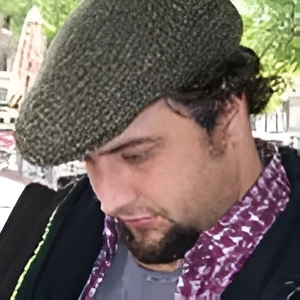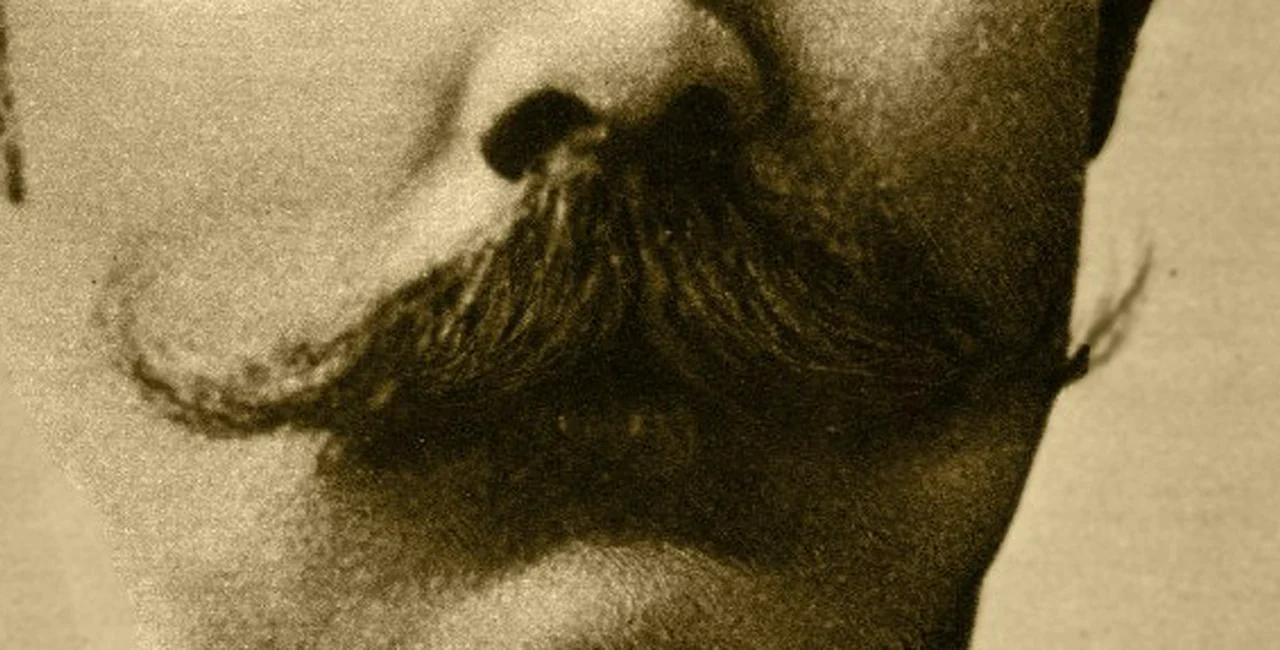As an 11-year-old, Franz Ferdinand became richer than his father Karl Ludwig, the Emperor Franz Josef’s brother, after inheriting the estate of his cousin Francis V of Modena (palaces in Vienna, Rome, and Venice, not to mention artwork and antique weaponry) upon the condition that he take the name d’Este. His cousin Rudolf the Crown Prince of Austria and heir committed suicide with his mistress (though some say he murdered her), at Mayerling hunting lodge in 1889. When Karl Ludwig died in 1896 Franz Ferdinand d’Este became the heir. In his younger years, Ferdinand was sickly and his extensive travels to warmer climes were often in an effort to seek remedies for his ongoing mysterious illnesses. There was nothing mysterious about the near fatal bout of tuberculosis he contracted in 1895. Some say that it made him ill-tempered and intolerant for the remainder of his days. The Archduke met his future wife, Sophie Chotek, daughter of a Bohemian noble family, at a ball in Prague. She was lady in waiting to the Archduchess Isabella and d’Este used visits to the Archduchess as a pretense to see Sophie. The two lovebirds were discovered when the Archduchess found a locket of the Archduke’s which contained a photo of Sophie. The Archduchess had been hoping to set her own daughter up with Franz Ferdinand. They married in Zákupy in northern Bohemia in 1900 but the event was snubbed by the Vienna social elite including the disapproving Emperor Franz Josef who fondly referred to Sophia as a scullery maid and held such an imperial-sized grudge that he didn’t attend the funeral either. The marriage was morganatic meaning that the Archduke would remain heir but his title would not pass to Sophie and their children would not be in line for the throne. Another condition of the marriage was that Sophie often could not sit beside Franz Ferdinand at official functions. The ill-fated trip to Sarajevo was one of the rare occasions when Sophie was allowed to do so—it was also their wedding anniversary. During the period of their secret courtship Franz Ferdinand and Sophie exchanged hundreds of letters though none survive. The reason for their mysterious disappearance is unknown. It has been rumored that Franz Ferdinand d’Este had two illegitimate sons. One, Heinrich Jönke, was born in 1885. Four years later a woman in Prague, Marie Hahn, claimed her son Kurt, was also the Archduke’s. Both mothers were apparently paid off to keep quiet. He loved interior design, landscaping…and bargain hunting! The Archduke frequently traveled to bazaars and antiques shops throughout the world to add to his collection of watches, furniture, weapons, and St. George the Dragon artwork of which he had 3,750 pieces at his various properties. The Archduke was a passionate, some may say, obsessive hunter and notched up 272,439 kills, among them deer, tigers, and kangaroos. He was constantly challenging fellow sharpshooters and usually won. He once boasted of killing 2,140 birds in one day. On a trip to Yellowstone where guns were banned, he was so determined to bring back a trophy that the resourceful aristocrat and his companions used sticks and rocks to get six squirrels, a skunk, and a deer. His final kill was an ordinary domestic cat on June 21, 1914 at his estate on Chlumec. From a parked car. The Archduke appears to be the only assassinated public figure with both a band (Franz Ferdinand) and a beer (Ferdinand) named after them. The band Franz Ferdinand’s single release of “Take Me Out” featured a B-side, “All for You, Sophia” and mentions the assassin Gavrilo Princip, and the Black Hand, the secret society that was held responsible for the assassination. Not much the neighborly type, after purchasing Konopiště in 1887 the archduke closed many of its public paths and during the 1906 floods when the Sázava River overflowed the Archduke ordered the soldiers not to help the villagers but to protect his precious wine cellar. It has been said that Franz Ferdinand had premonitions of his premature demise. In fact, in 1913 he took down a rare white stag; according to Austrian hunting legends, any hunter who killed such an animal would die within a year. Konopiště Chateau also influenced World War Two: the SS headquarters were established there. Almost everything in the castle was recovered from the Nazis except for objects made of gold. The children’s toys were distributed to kindergartens during the Communist-era when the castle was used by the Czech Ministry of Agriculture. The archduke’s hunting chateau was used as a filming location for the 2006 film The Illusionist. It is currently the focus of restitution claims by Hapsburg descendants. The car in which the Archduke suffered Princip’s fatal shot carried an inexplicably odd omen: the license plate read AIII 118. Many historians have pointed out the astonishing coincidence that this could be read as A (for Armistice) 11-11-18 or November 11, 1918: Armistice Day, the day that the war ended. Ferdinand supposedly spent 30 minutes a day grooming his moustache.
***
If you’re curious to see a little more of Franz Ferdinand’s life, Konopiště offers tours in which you can see his art and weapon collection, private chapel and of course the many animals he hunted. A special mass in his honor will be held here on June 28 as well as associated exhibits.












 Reading time: 4 minutes
Reading time: 4 minutes 



















